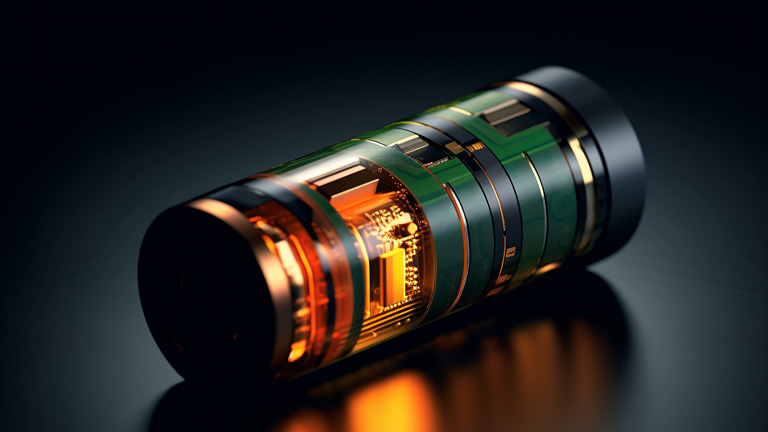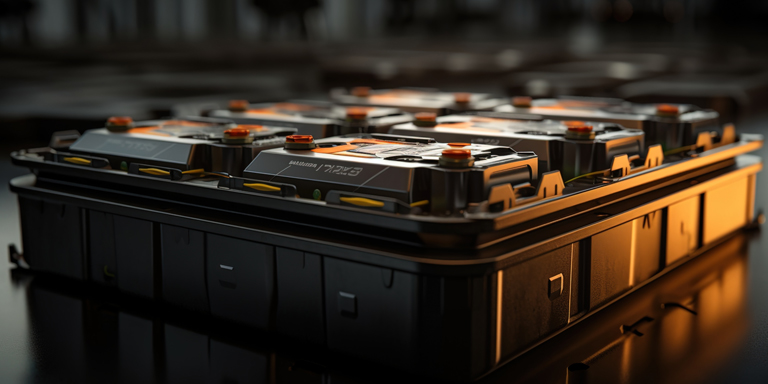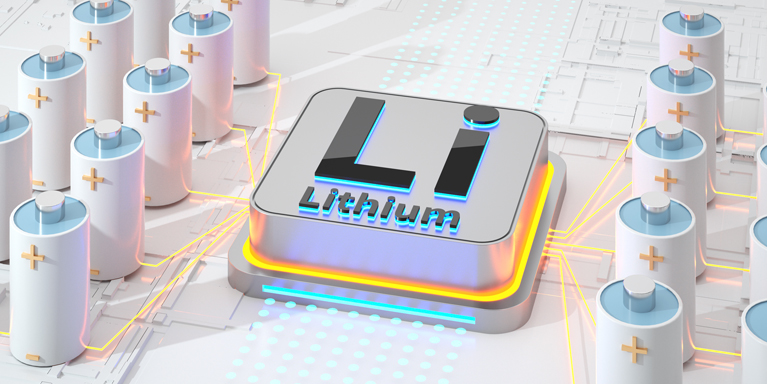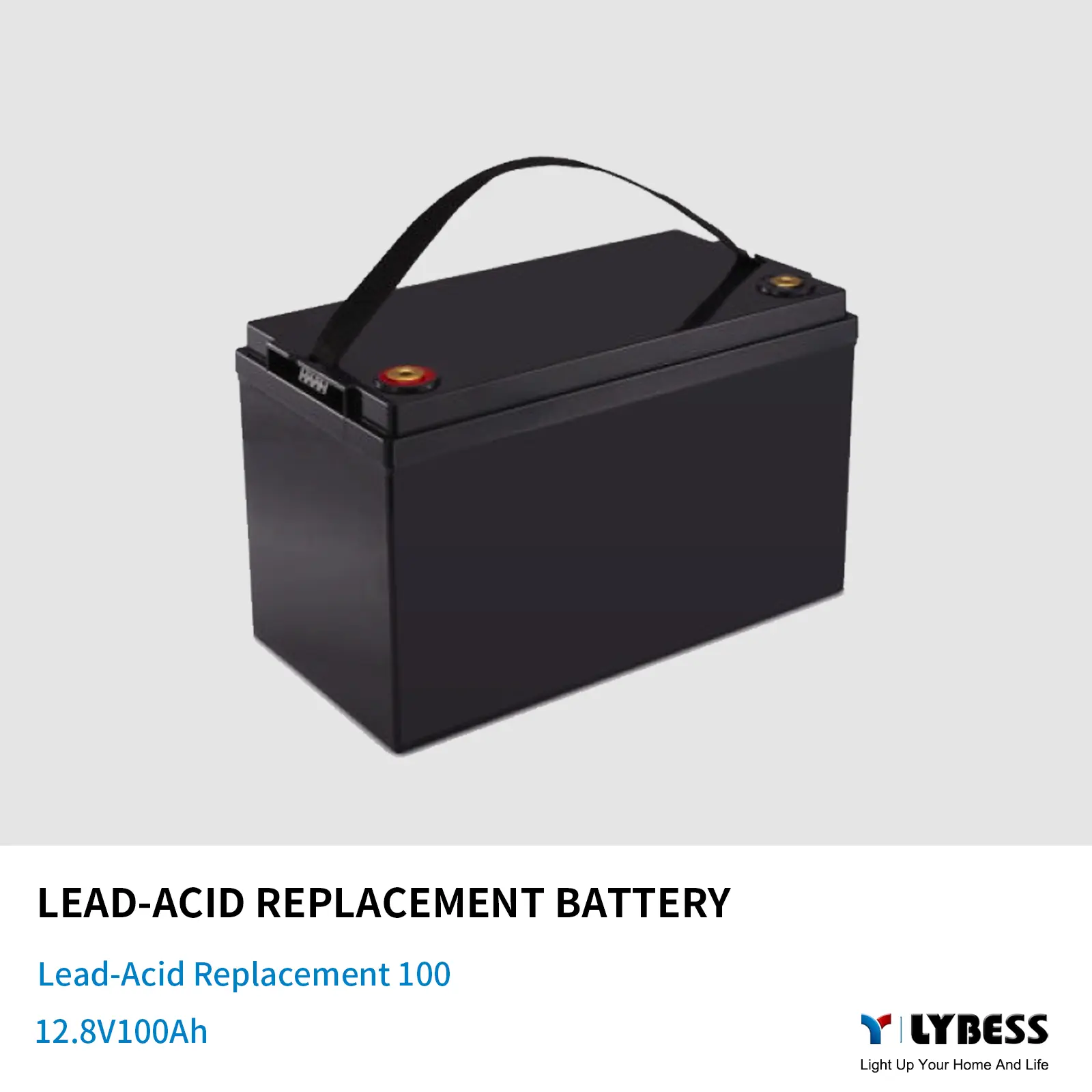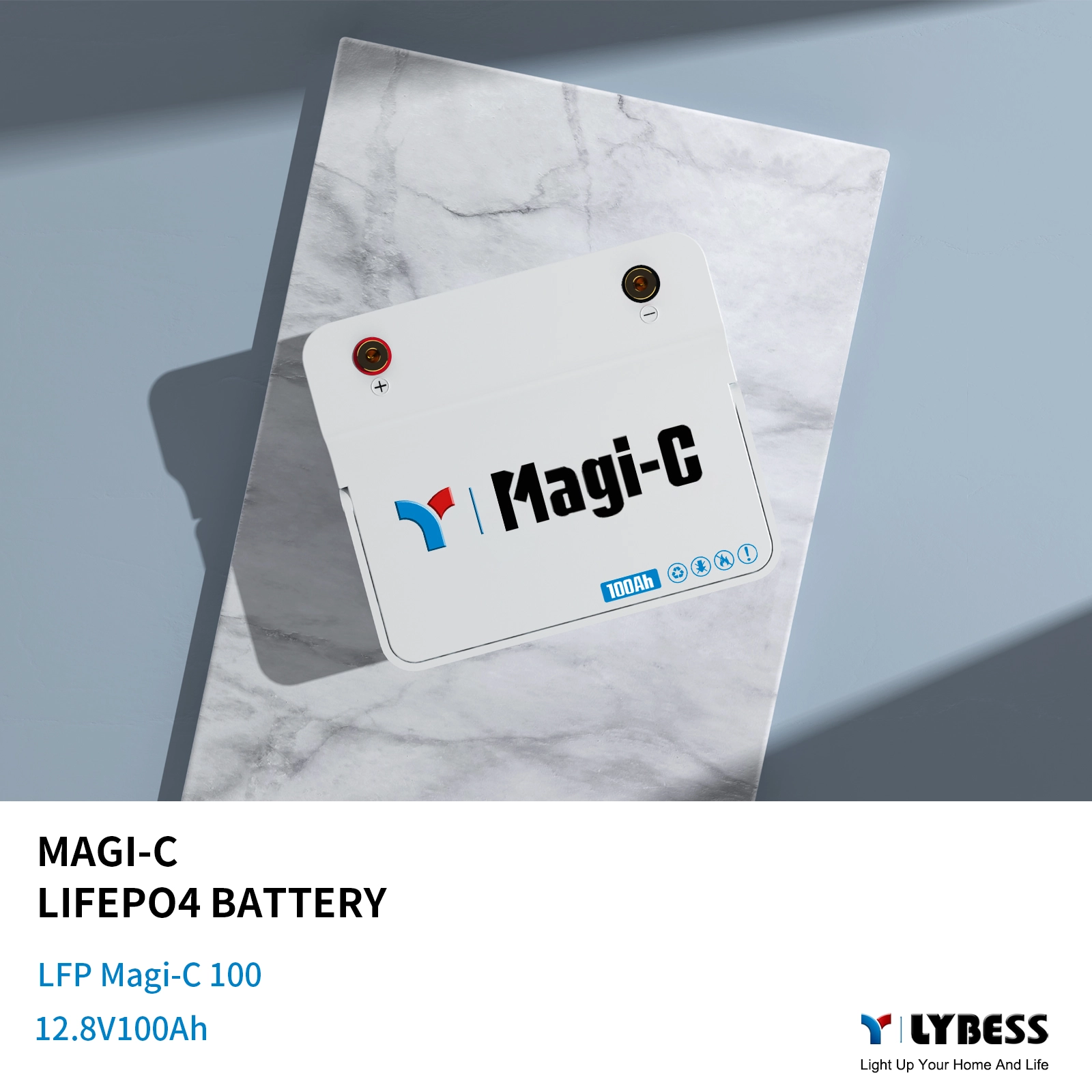Understanding the Lifespan of a 12V 100Ah LiFePO4 Battery
Introduction:
A 12V 100Ah LiFePO4 battery is a popular choice for various applications, including solar power systems, electric vehicles, and marine applications. One crucial aspect to consider when investing in such a battery is its lifespan. In this article, we will explore the factors that influence the lifespan of a 12V 100Ah LiFePO4 battery and provide insights into its typical longevity.
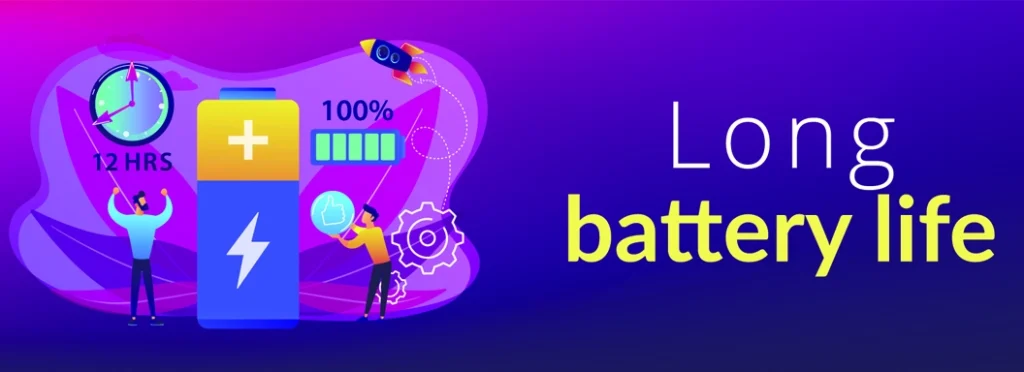
Section 1: Understanding LiFePO4 Battery Lifespan
1.1 LiFePO4 Battery Chemistry:
LiFePO4 batteries, also known as lithium iron phosphate batteries, are known for their excellent cycle life. This chemistry offers enhanced stability, safety, and durability compared to other lithium-ion battery chemistries.
1.2 Factors Affecting Lifespan:
Several factors influence the lifespan of a LiFePO4 battery, including:
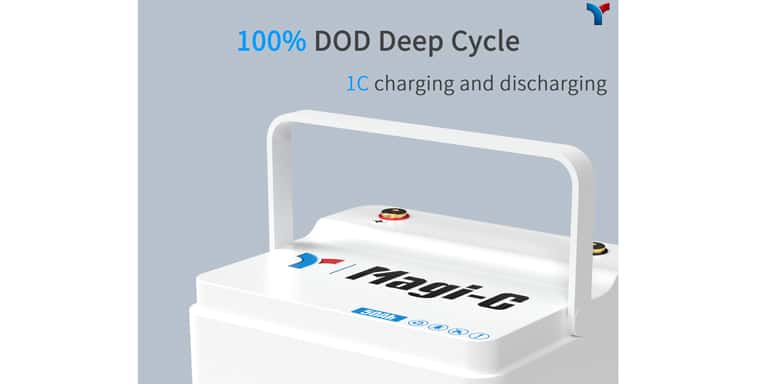
- a) Depth of Discharge (DoD): The extent to which the battery is discharged during each cycle affects its lifespan. Shallower discharges typically result in longer battery life.
- b) Charge Rate: Fast charging or high charge rates can impact the battery’s overall lifespan. Slower, controlled charging is generally recommended for optimal longevity.
- c) Operating Temperature: Extreme temperatures, both hot and cold, can accelerate battery degradation. Operating the battery within the recommended temperature range helps maximize its lifespan.
- d) Maintenance and Care: Proper maintenance, including regular balancing and monitoring, can extend the lifespan of a LiFePO4 battery.

Section 2: Estimating Lifespan of a 12V 100Ah LiFePO4 Battery
2.1 Cycle Life:
LiFePO4 batteries are known for their high cycle life, which refers to the number of charge-discharge cycles a battery can undergo before its capacity significantly degrades. On average, a 12V 100Ah LiFePO4 battery can endure anywhere from 2000 to 5000 cycles, depending on the specific battery model and usage patterns.
2.2 Calendar Life:
In addition to cycle life, LiFePO4 batteries also have a calendar life, which refers to their lifespan even when not in use. The calendar life of a LiFePO4 battery is typically around 10 to 15 years, again depending on various factors such as storage conditions and maintenance.

Section 3: Maximizing LiFePO4 Battery Lifespan
3.1 Proper Charging:
Follow the manufacturer’s recommendations for charging parameters, including voltage and current limits. Avoid overcharging or fast charging, as these can reduce the overall lifespan of the battery.
3.2 Depth of Discharge:
Keeping the depth of discharge (DoD) lower, ideally below 80%, can help prolong the battery’s lifespan. Avoid fully discharging the battery whenever possible.
3.3 Temperature Management:
Operate the LiFePO4 battery within the recommended temperature range, typically between -20°C to 60°C (-4°F to 140°F). Avoid exposing the battery to extreme temperatures, as they can accelerate degradation.
3.4 Regular Maintenance:
Perform regular maintenance tasks, such as balancing the cells and monitoring the battery’s health. This helps ensure optimal performance and longevity.
A 12V 100Ah LiFePO4 battery offers a reliable and durable power solution for various applications. While the exact lifespan may vary depending on usage patterns and environmental factors, these batteries are known for their long cycle life and calendar life. By following proper charging practices, managing depth of discharge, and maintaining the battery, users can maximize the lifespan of their LiFePO4 battery and enjoy years of dependable power.






 Facebook
Facebook
 Twitter
Twitter
 Linkedin
Linkedin
 Back to list
Back to list